A roof leak can be the source of a migraine for many homeowners, it’s imperative to locate the roof leak immediately upon discovery. Depending on the size of the roof leak, it might not be as obvious as finding water stains within the attic; usually the evidence from a smaller roof leak doesn’t occur exactly where the leak is. To find the source of the leak one must understand how water behaves; water follows the path of least resistance and follows earth’s gravitational pull. Simulating rainfall will be the best way of diagnosing the location of a roof leak but there are several areas where leaks occur more frequently.
Before simulating rainfall on your roof there should be a visual inspection of common locations where evidence of a leak will be. Access to the attic will be needed along with a bright flashlight and something like chalk to mark the location of the leak; tracing the source of the leak should be done during the day if possible since external daylight can shine through and it is recommended to take a device to capture pictures of the leak along with damages to document for the purpose of a roof damage insurance claim. When you have gained access to the attic remember to use caution and only step on framing that can support your weight and never on the insulation above the ceiling The water damage oftentimes originates away from the location of the leak so evidence like water stains, mold, discoloration on wood isn’t a direct indication that you have found the roof leak. If evidence of the leak is found have a friend flood the roof with a garden hose to confirm the location of water entry, starting at the eaves of the roof and work your way up the slopes of the roof.
Signs that you may have a leaking roof
- A stale humid smell within the home
- Curled shingles
- Bubbling or peeling paint along the interior ceiling or walls within the residence
- Moist or swollen walls
- Water stains
- Buckling roof slopes
- Mold Growth
- Shingle granule loss
Common Areas where Leaks Occur
Chimney- Many leaks from the chimney occur from the breakdown of mortar between the bricks, winter weather causes ice to form within cracks in the mortar and expansion occur each time. The flashing around the chimney is also a common place for roof leaks to occur as well; the purpose of chimney flashing is to protect the area where the chimney meets the roof. The space between the roof and chimney can at times be large and the flashing will keep water and debris from damaging the structure. The flashing is usually made of aluminum and sealed by caulking and creates a waterproof seal, over time caulking can decay and cause leaking around the chimney as well. Depending on the architectural design of your roof and the angle of the slope where the roof meets the chimney debris can collect and cause leaks; this design flaw can be corrected by a professional roofer building a cricket(ridge-like structure created to divert debris on the high side of a roof slope along the chimney). Chimney caps can become damaged by erosion or severe weather but can be easily be switched out by a professional roofer with a new cap.
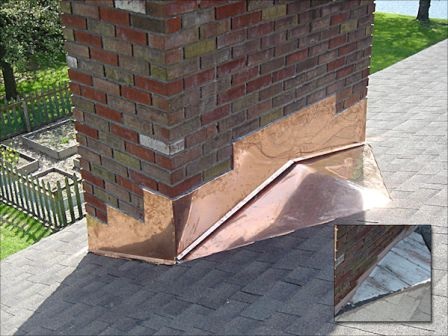
Valleys-Ice and water shield’s purpose is to allow rainwater or melting snow to flow through this area while protecting the intersection of the two roof slopes, missing ice and water shield will require the asphalt shingle to be replaced once a professional roofer has corrected the faulty roof valleys. Improperly installed valleys or older roofs tend to develop roof leaks in these vulnerable areas, roof valleys commonly become obstructed with debris like branches and leaves that disrupt the natural flow of water off the roof and pooling can happen. This is why biannual inspections are important to your home’s roofing system, clearing debris can be easily done during a spring or fall roof cleaning to prepare the roof for the more harsher weather conditions of summer and winter. Older shingles around the roof valleys can become cracked and allow moisture to penetrate the roof system. Storms with high winds can impose damage on valleys as well especially if the asphalt shingle in the roof valleys have not been trimmed properly. Sealant within an older home’s roofing system can decay over the years and leak along with older repairs that are meant to be temporary, reroofing the home will be the best possible solution for this scenario.
Roof Vent Pipes- Vent pipes on the roof are waterproofed with sealant(either EPDM or PVC) and held in place by collared flashing; aging and extreme weather conditions degrade these materials and can leave an exposed gap into your roof allowing water to create rot and roof leaks.
Roof Gutters- Regular maintenance and cleaning can prevent leaks from clogged roof gutters; gutters and downspouts that are severely clogged can lead to water flowing into the eaves of the roofing system. Blocked gutters can become separated from the weight of pooling water and debris and
Skylights- Heavy rainfall that runs down the roof slope and flows to the skylight frame can develop leaks if the flashing is not waterproofed properly. Erosion around the skylight’s frame can occur as well causing leaks where rust occurs. The actual sky light is raised within the center and creates a slight dome shape so that water does not collect on the skylight, hail storms or storms with high winds can cause skylights to have holes by hail or debris hitting the skylight. Usually skylight repairs from leaks can be relatively inexpensive as long as no other damages around the skylight envelope have occured.
Roof Air Vents- Air vents on roofs are especially susceptible to leaks from heavy rainfall, sometimes mother nature can’t be stopped and these types of leaks cannot be helped but regular maintenance can prevent leaks that can be helped. There are many different types of roof air vents but all are designed to allow hot air to flow through the attic to maintain the temperature of the attic and home. If weather sealant has become decayed with age around roof vents wood rot in the decking will ensue. A thorough inspection twice a year by a professional roofer will prevent these costly damages from transpiring.
Leaks from Faulty Roof Nails- Proper roof nails are an essential element of a home’s roofing system; an experienced roofer can limit the amount of “nail pops” (roofing nails pushing through shingle) by using the correct nail size and correct placement. Nails that are too short, nails between seams, decking grooves or joints often become nail pops; finding a roofer that is experienced in the application of asphalt shingles is the best way of preventing these types of leaks.
Compromised Shingles- Whether it’s poor workmanship, inadequate materials, hail storms or wind damaged shingles the asphalt shingles on your roof are prone to leaks just like any other part of the roof. Roof integrity is weakened just by having one damaged shingle but the good news is that roof leaks from damaged shingles is easy to diagnose upon visual inspection.
Headwall Flashing- Anytime a roof slope meets a horizontal wall it is known to be a “headwall.” Headwall flashing is designed to extend behind the horizontal wall siding and overlap the asphalt shingle although for cosmetic purposes the headwall flashing can be covered with shingle. Thermal expansion and contraction can loosen the nails that adhere the headwall flashing to the roof and cause leaks. Inexperienced roofers often use 90 degree flashing instead of 120 degree flashing and vice versa, 90 degree sidewall flashing will not accommodate a roof that needs 120 degree and is a common occurrence for leaks.
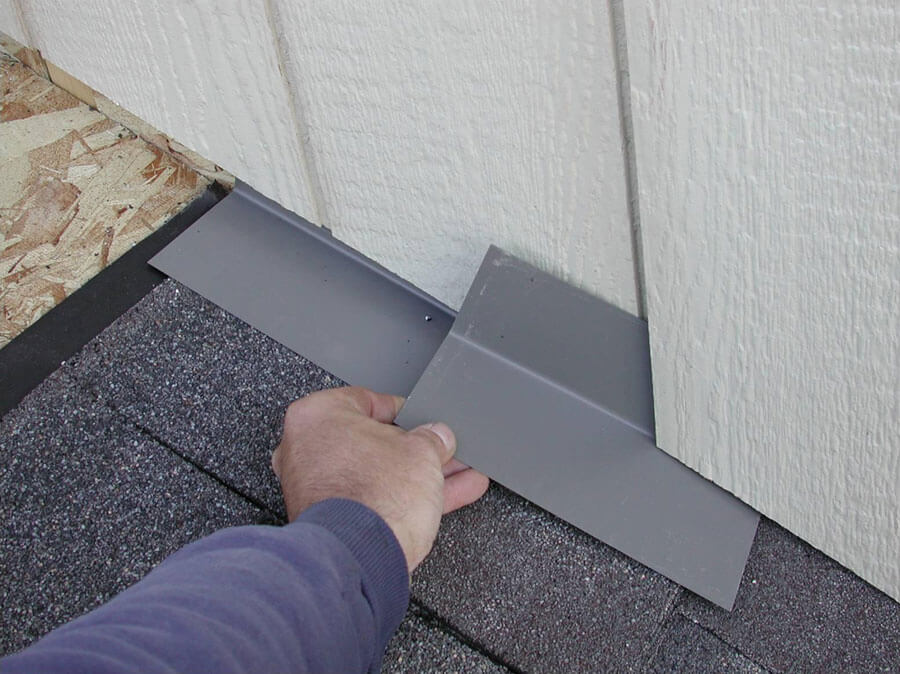
Indications of Leaks on a Flat Roof
Asphalt roofs are found in residential and commercial areas, flat roofs have the tendency for water to pool since there are no roof slopes, this allows water to seep through the smallest of openings. All types of roofing penetrations have the possibility of leaking just like an asphalt roof but there are different signs to looks for on a flat roof.
These include:
- Temporary patches that may have deteriorated(these include tarred patches or caulking)
- Cracks, splits, seam separations, or blisters on the roofing membrane
- Damage or decay surrounding roof penetrating structures
- Shrinkage; this occurs in EPDM flat roofs, the rubber shrinks and the roofing membrane becomes exposed to the elements
- Dark Patches of Moisture on a Flat Roof
Visual inspection of a flat roof for leaks should take place after three days of dry weather conditions during the afternoon or evening. The exact same test with a water hose can be used to determine the location of a leak but usually this test can take hours since the slope on a flat roof is very slight; starting near a drain is the best method of determining the location of the roof leak. If you are having trouble pinpointing the exact cause of a leak, a professional roofer with an infrared camera can be used. Moisture-laden materials create a temperature difference that can be easily detected with infrared technology.
West Construction Group is experienced in quickly determining the location of roof leaks, minimizing interior damage is our specialty. Regular maintenance from a roofing professional can be the key to roof leak prevention. It’s important to act quickly when a roof leak is detected, interior damage only becomes worse and over time. Impending signs can be quickly repaired for minimal cost versus repair of incurred damages. Temporary repairs and reroofing a home when if warranted is always best left to the professionals, for the experience of a professional roofer in the DFW area call 972-730-2594.


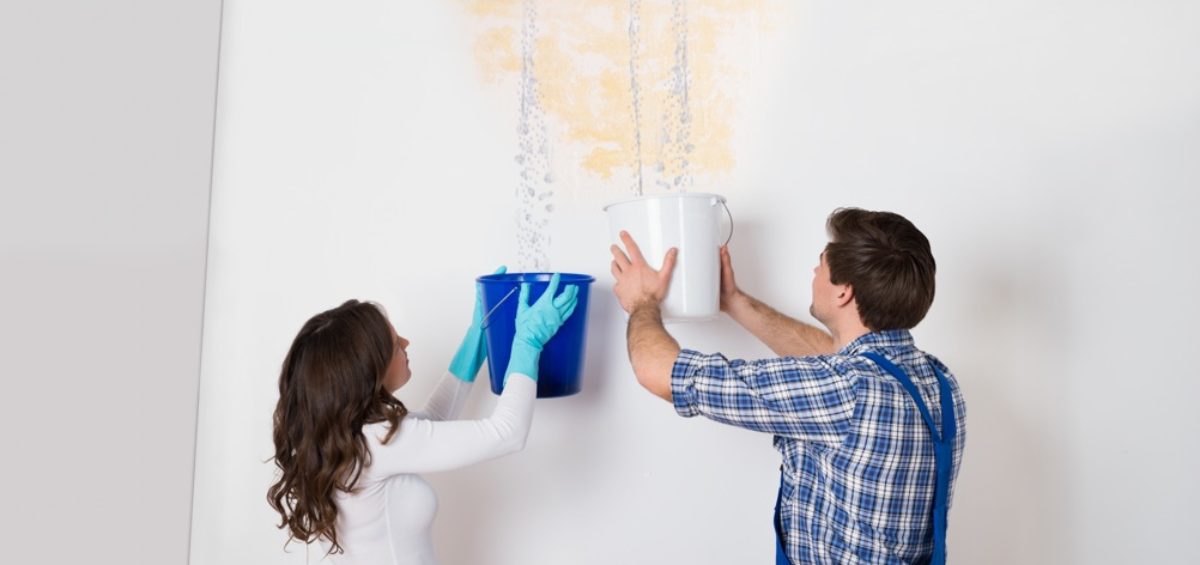
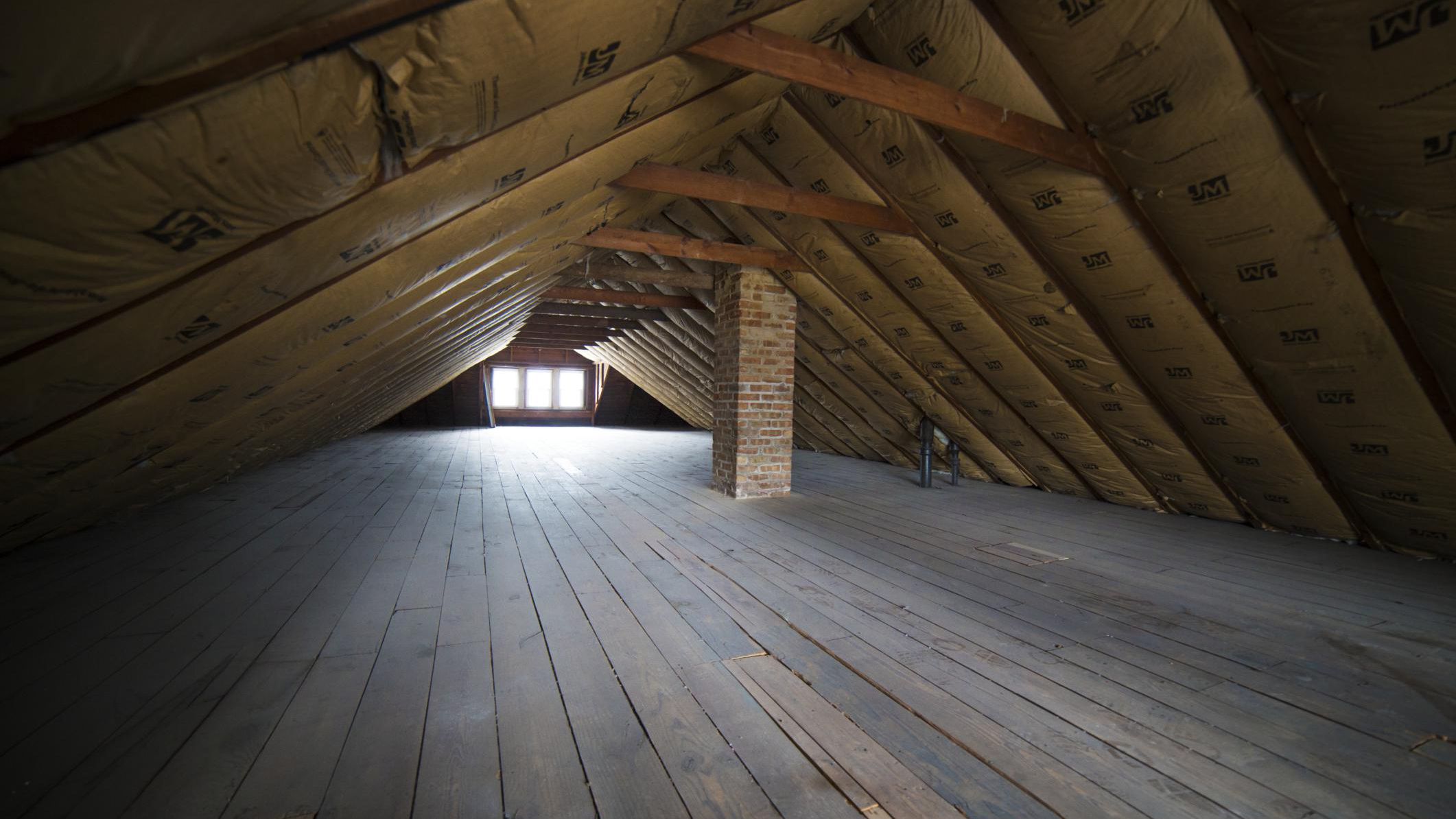

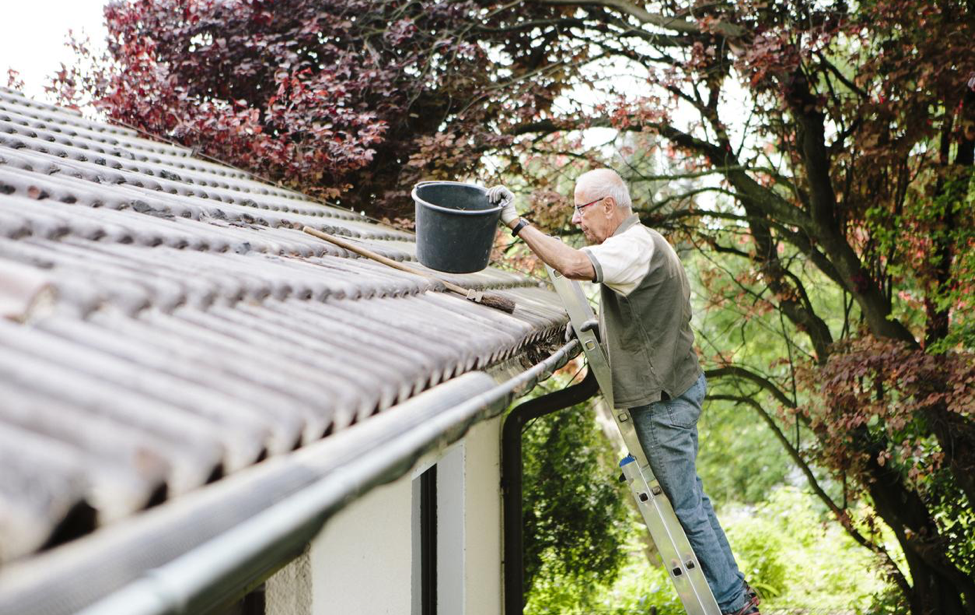

It was really helpful when you mentioned that mold growth can be a sign that you have a leak in your roof. This morning, I went up to my attic so that I could grab the box that my Christmas tree is stored in. I noticed that there was some mold growing on a couple of the cardboard boxes that are up there. I am going to have to contact a roofer so that I can get the leaks repaired before the mold gets too bad.